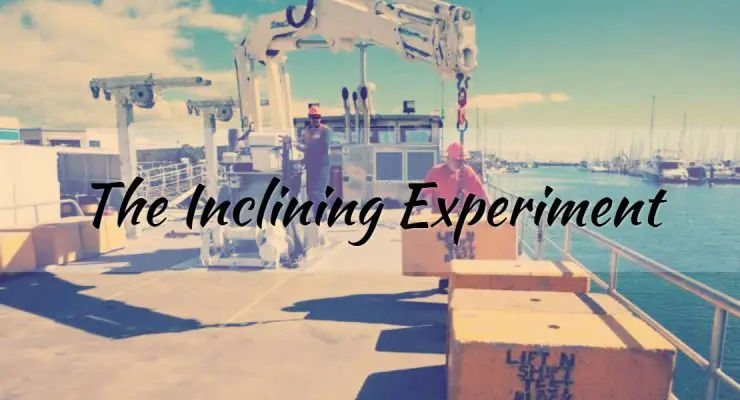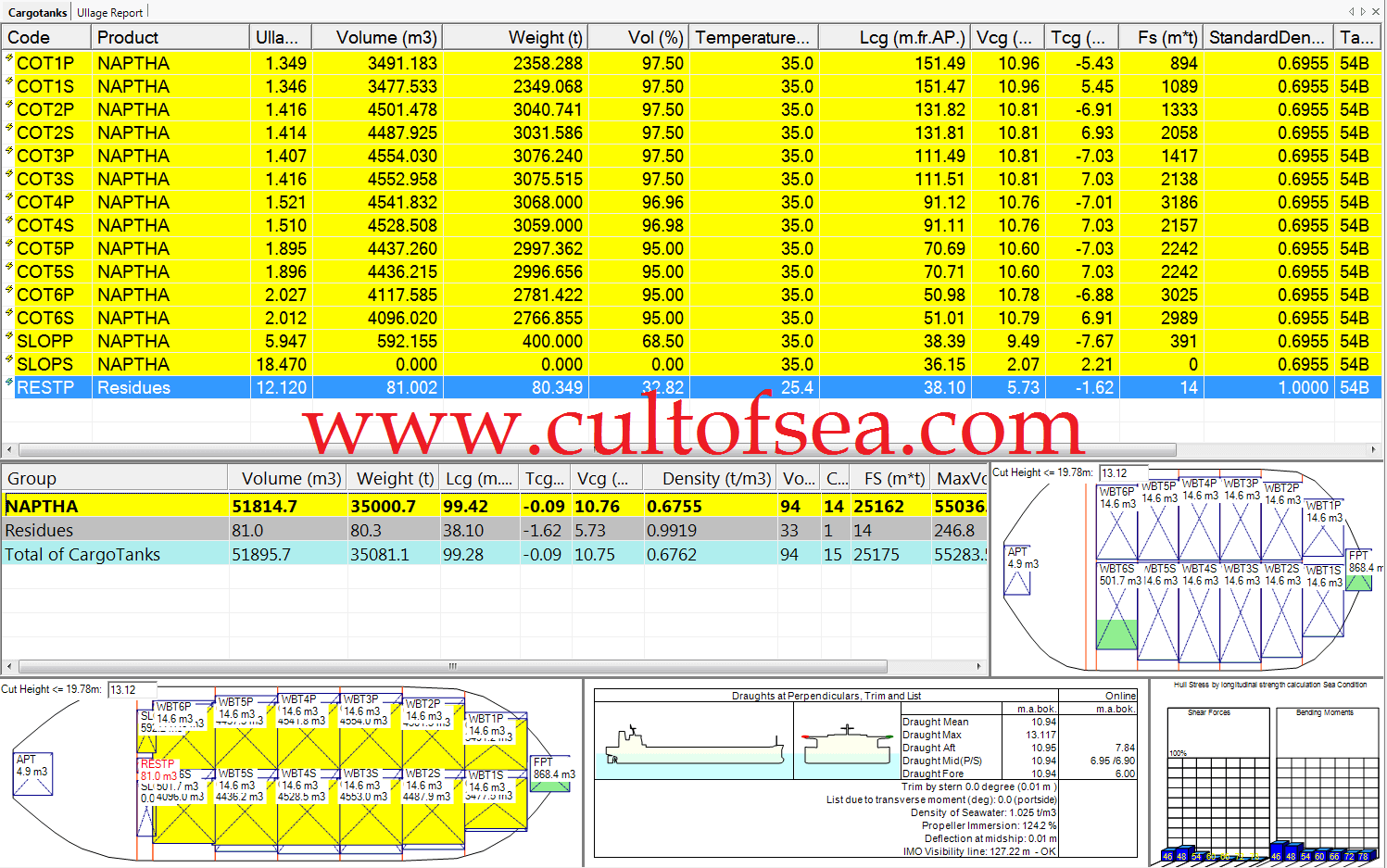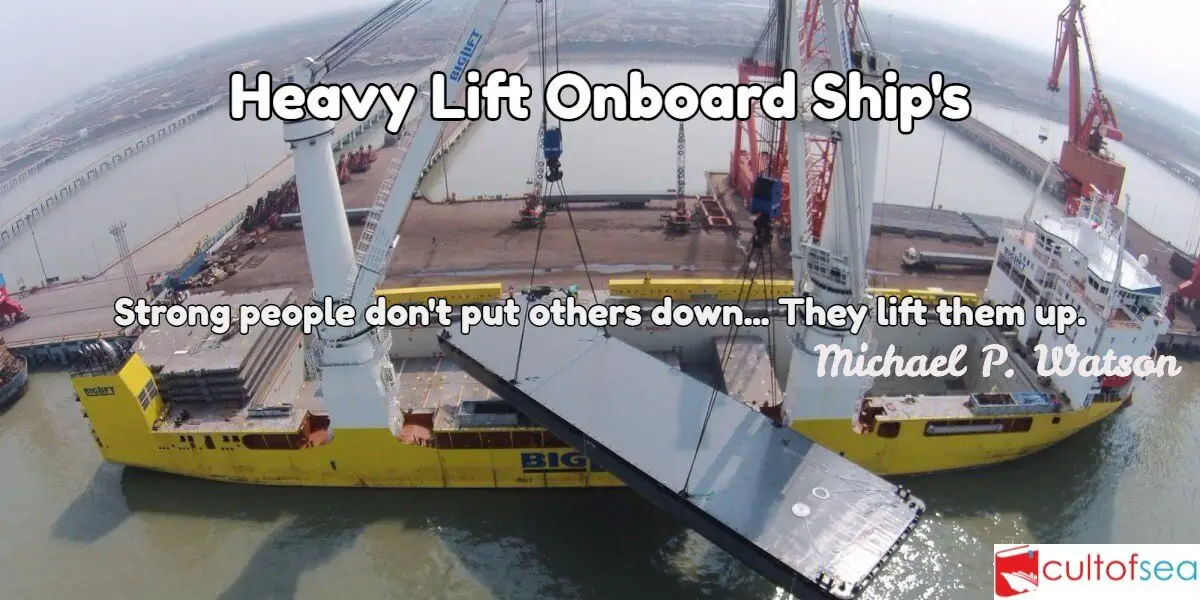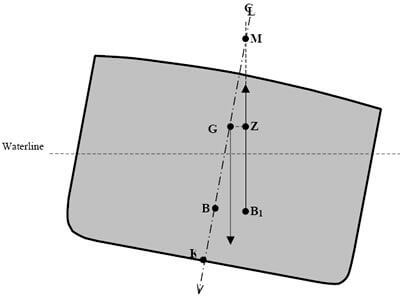Purpose Ship’s stability calculations not only rely on the ship’s geometry but also on the knowledge of where the ship’s centre of gravity (G) is positioned. Although the distance of G from the keel can be ascertained for various conditions that the ship may be in, it is essential that it is accurately known for one specified ship condition.To this end, the need to carry out an inclining experiment becomes necessary and from this, two facts should become known:the displacement; and the position of G in a known ship’s condition.The inclining test is carried out to find the … [Read more...]
Ship Stability Definitions related to Hydrostatic Particulars
Density of a substance is its mass per unit volume, normally expressed as tonnes per cubic metre in ship calculations.Relative Density of a substance is the ratio between the density of that substance and the density of fresh water.Displacement of the ship is the weight of the ship and its contents or the weight of water displaced by the ship in that condition.Displacement = Underwater volume of the ship x the density of the water in which she is floating.It should be noted that the volume of displacement is the underwater volume of the ship. When a ship proceeds from water of … [Read more...]
Heavy Lift Cargo – Precautions and Stability Changes Onboard Merchant Ships
Precautions for Heavy Lift OnboardCarry out a “Risk Assessment” prior to commencing the operation to ensure that all possible areas of hazard are taken account of and that all risks are at an acceptable, tolerable risk level. Ensure that the stability of the vessel is adequate to compensate for the anticipated angle of heel that be experienced when the load at the maximum angle of outreach. All free surface elements should be reduced or eliminated, if possible, to ensure a positive value of GM throughout the operation. Any additional rigging, such as “preventer backstays” should … [Read more...]
Intact Stability – Tankers
Annex I- Regulations for the Prevention of Pollution by Oil Chapter 4 - Requirements for the cargo area of oil tankers. Part A - Construction Regulation 27 - Intact stability 1 Every oil tanker of 5,000 tonnes deadweight and above delivered on or after 1 February 2002 shall comply with the intact stability criteria specified for any operating draught under the worst possible conditions of cargo and ballast loading, consistent with good operational practice, including intermediate stages of liquid transfer operations. Under all conditions, the ballast tanks shall be assumed slack..1 In … [Read more...]



